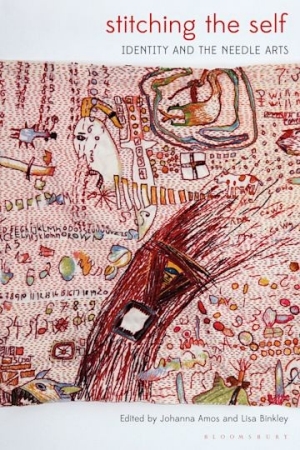Book chapter by Dr. Elaine Chealsy Paterson
In Stitching the Self: Identity and the Needle Arts. Eds. Johanna Amos and Lisa Binkley. London: Bloomsbury Academic, 2020: 111-122.
In her diary of 1906, Scottish-born designer Mary Seton Wattsexplained how Kipling’s poem “Our Lady of the Snows”was “at the heart” of her design for a spectacular embroidered silk banner commissioned by Lord Grey, then Governor General of Canada, as part of a series of banners given to educational institutions across Canada. Her banner was presented in 1907 by Grey on behalf of Queen Alexandra to McGill University’s prestigious Royal Victoria College for women in Montréal. Rather than viewing this “Canadian banner” as an outlier in a creative life, this chapter is an attempt to mobilize Mary Seton Watts’s needlework for what it may reveal about the role of education in the settlement of Canada at this time. This chapter maps the making of this needlework banner in order to consider how the cultural work of designing, making, and gifting this elaborate banner may be seen as part of the same impulse in nineteenth-century Britain toward social welfare, colonial settlement, imperial citizenship and belonging that underwrote London’s “child savers” movement and its child migration schemes. This chapter lends new meaning and continued relevance to the banners by pointing to these broader concerns for citizenship, education, and settlement shared between center and periphery of empire, and embedded within Mary Seton Watts’s Our Lady of the Snows.
